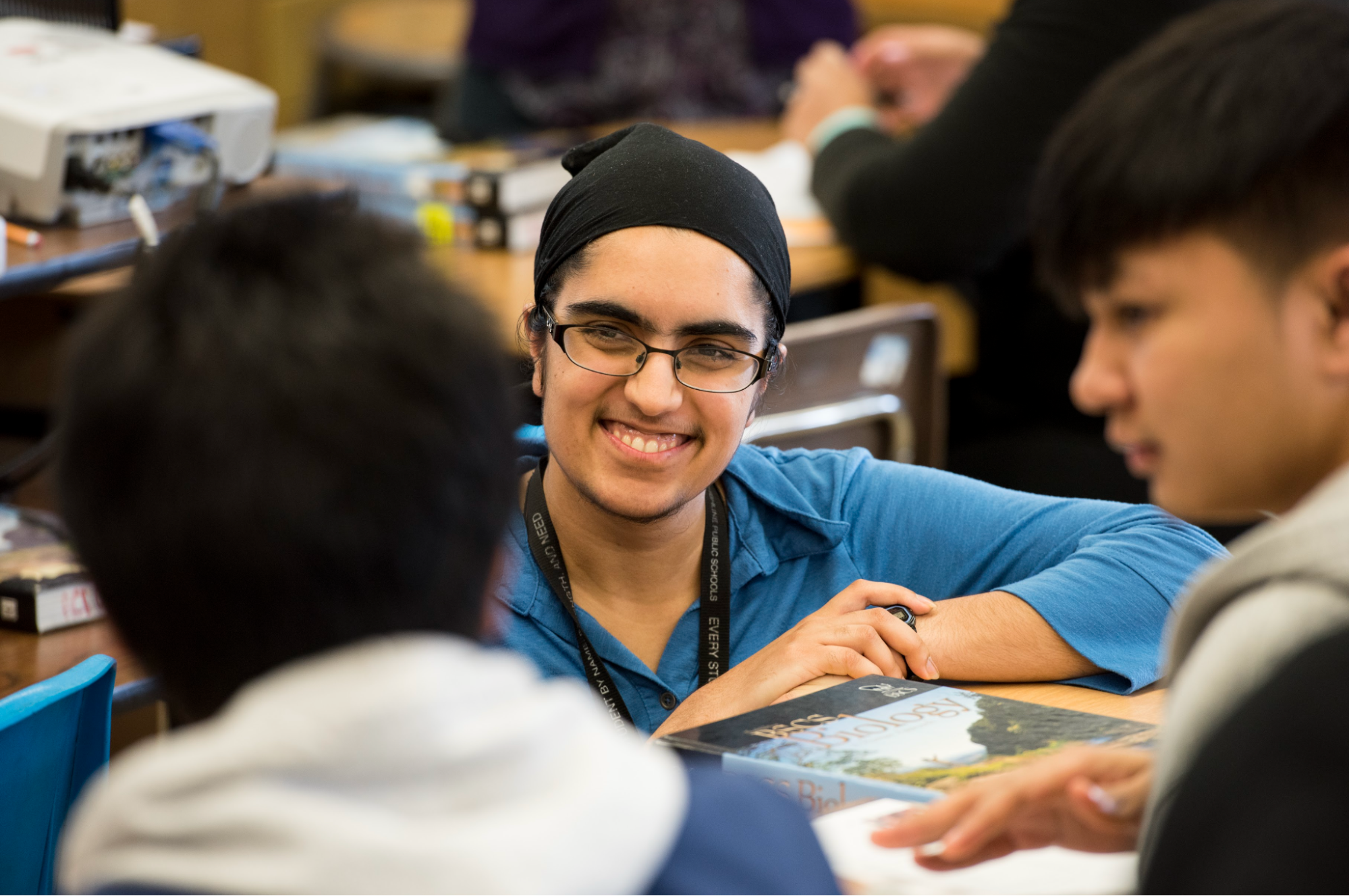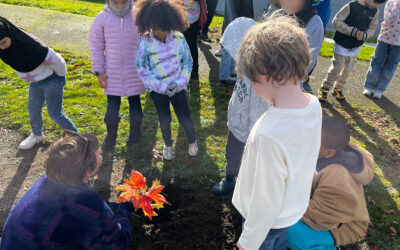
Check out the University of Washington’s write-up on Studio Days and their role within a Networked Improvement Community of schools.
Story Developed by Alissa Berg-
I worked in the 3rd largest school district in the country and now an 18-school district in the suburbs just north of the city.
Problem: Professional Learning that transforms educator practice-
We used the Studio Day model coupled with bi-weekly coaching and reading research-based articles and Primers (e.g., AST Discourse Primer), and high-quality curriculum materials (OpenSciEd). Educators were finding a lack of engagement in their classrooms that they wanted to address, upon unpacking what they mean by “engagement” and exploring responses to student experience surveys, they decided to delve into best practices for equitable discourse. Through the studio day model educators were exposed to specific approaches their colleagues were taking to move equitable discourse forward and that experience, coupled with 1-1 coaching led them to experiment with new things (e.g., hands-free discussions, student discussion facilitators, equity of voice discussion trackers, etc.)
When I ask educators what was the most impactful part of the PLC many of them point to the studio days.








 This site is primarily funded by the National Science Foundation (NSF) through Award #1907471 and #1315995
This site is primarily funded by the National Science Foundation (NSF) through Award #1907471 and #1315995